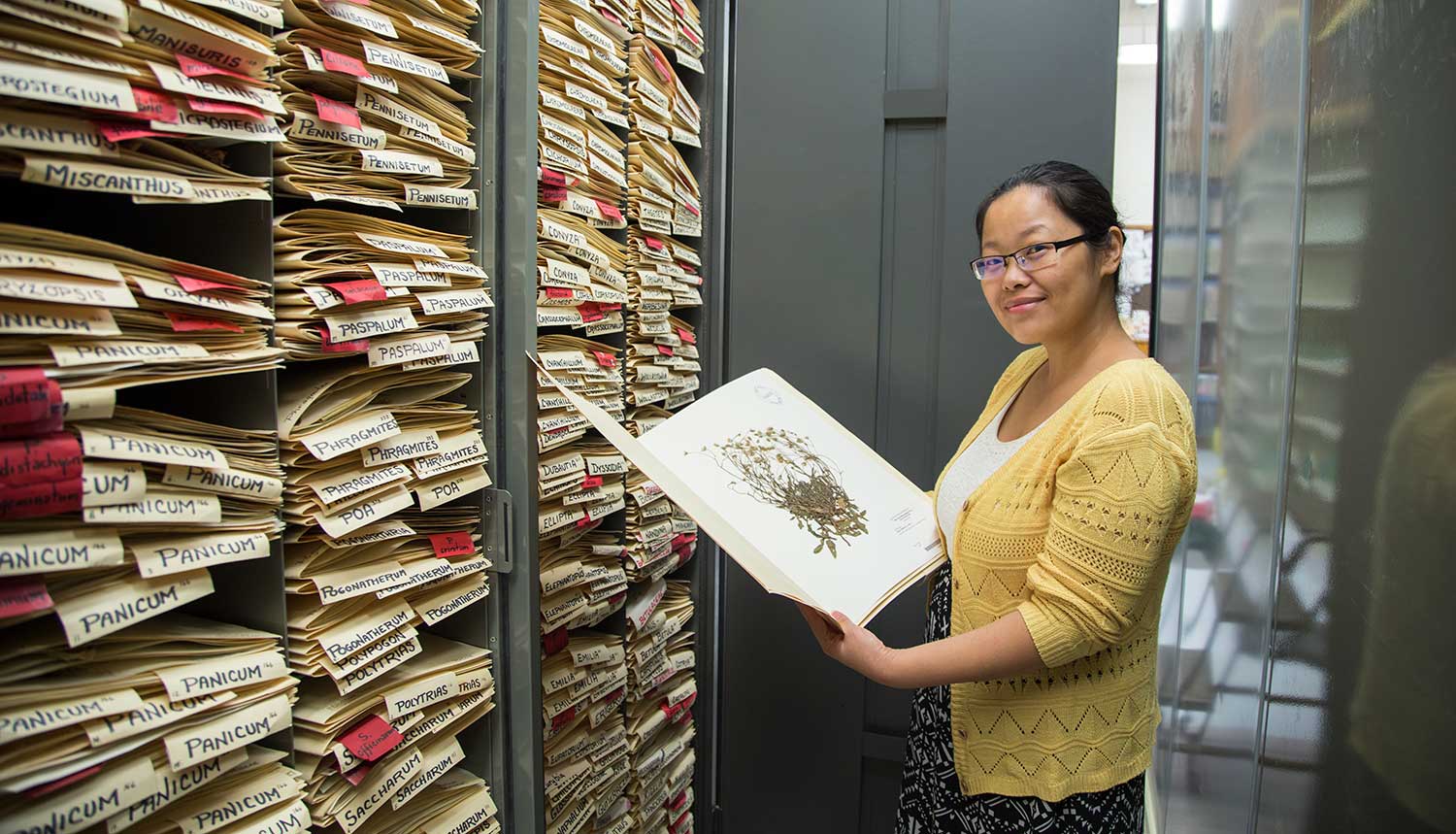- Home
-
Admissions
-
Academics
-
Students
-
Research
-
Research Centers
- Cancer Research Center
- Center for Excellence in Development Disabilities Education, Research & Service (CEDDERS)
- Center for Island Sustainability (CIS)
- Marine Laboratory
- Micronesian Area Research Center (MARC)
- UOG Land Grant | agInnovation Research Center
- Water and Environmental Research Institute (WERI)
-
Programs and Departments
- Guam EPSCOR
- Guma' Tinemtom - Micronesia Data Laboratory
- Pacific Islands Climate Adaptation Science Center (PI-CASC)
- Pacific Islands Cohort on Cardiometabolic Health (PICCAH)
- Research Corporation of UOG
- RFK Memorial Library
- UOG Press
- UOG Sea Grant
- University Libraries Digital Team
- NASA Guam Space Grant
- NASA Guam EPSCoR
-
Research Centers
-
Outreach
- Giving
- Alumni
-
About
UOG Receives $200K to Improve Sole Herbarium in the Mariana Islands
UOG Receives $200K to Improve Sole Herbarium in the Mariana Islands
UOG Receives $200K to Improve Sole Herbarium in the Mariana Islands
1/26/2018
 Dr. Wei Xiao displays one plant specimen out of the thousands housed in the University
of Guam Herbarium.
Dr. Wei Xiao displays one plant specimen out of the thousands housed in the University
of Guam Herbarium.
A unique and diverse range of flora native to Micronesia will soon be properly preserved
for people around the world to study and observe.
The University of Guam hosts the largest functional herbarium in the region and the
only one in the Mariana Islands. A herbarium is a collection of plants and their data
used for scientific study.
Over the years, the specimens have outgrown the space to house them. But recently,
UOG was awarded nearly $100,000 through the Museums for America grant to complete
necessary upgrades. With the award came a matching donation from a person very close
to the heart of the University— the late Dr. Lynn Raulerson. Her generosity brought
the total award amount to about $200,000 to be spread out over a three-year period.
“When you do museum work, you have to be crazy passionate about it,” said Dr. Wei
Xiao, assistant professor of biology and the UOG Herbarium’s curator. “I'm so excited
about this award. For researchers and students from off island, they don’t just have
to study what’s in their backyard. They can study things in other regions, and that
exchange only happens in a modern herbarium.”
Dr. Lynn Raulerson managed the UOG Herbarium until her death in 2012. Xiao took over
as curator in 2014.
Improvements to the UOG Herbarium, which will start right away, include organizing
the plant samples into a database and digitizing their information. Xiao also wants
to replace equipment and materials that have worn down over the years.
The importance of the UOG Herbarium rests in the ability to share its information
to those locally and overseas. With the new digitization of the specimens, people
from around the world can study the endemic plants of the Micronesian region.
“With the new upgrades, people who are outside of Guam can have access to what we
have,” Xiao said. “We can create research interests and conservation interests and
use this as a way to advertise what we have. Hopefully we’re going to bring a lot
more attention, effort and resources to help better understand our ecosystem.”
